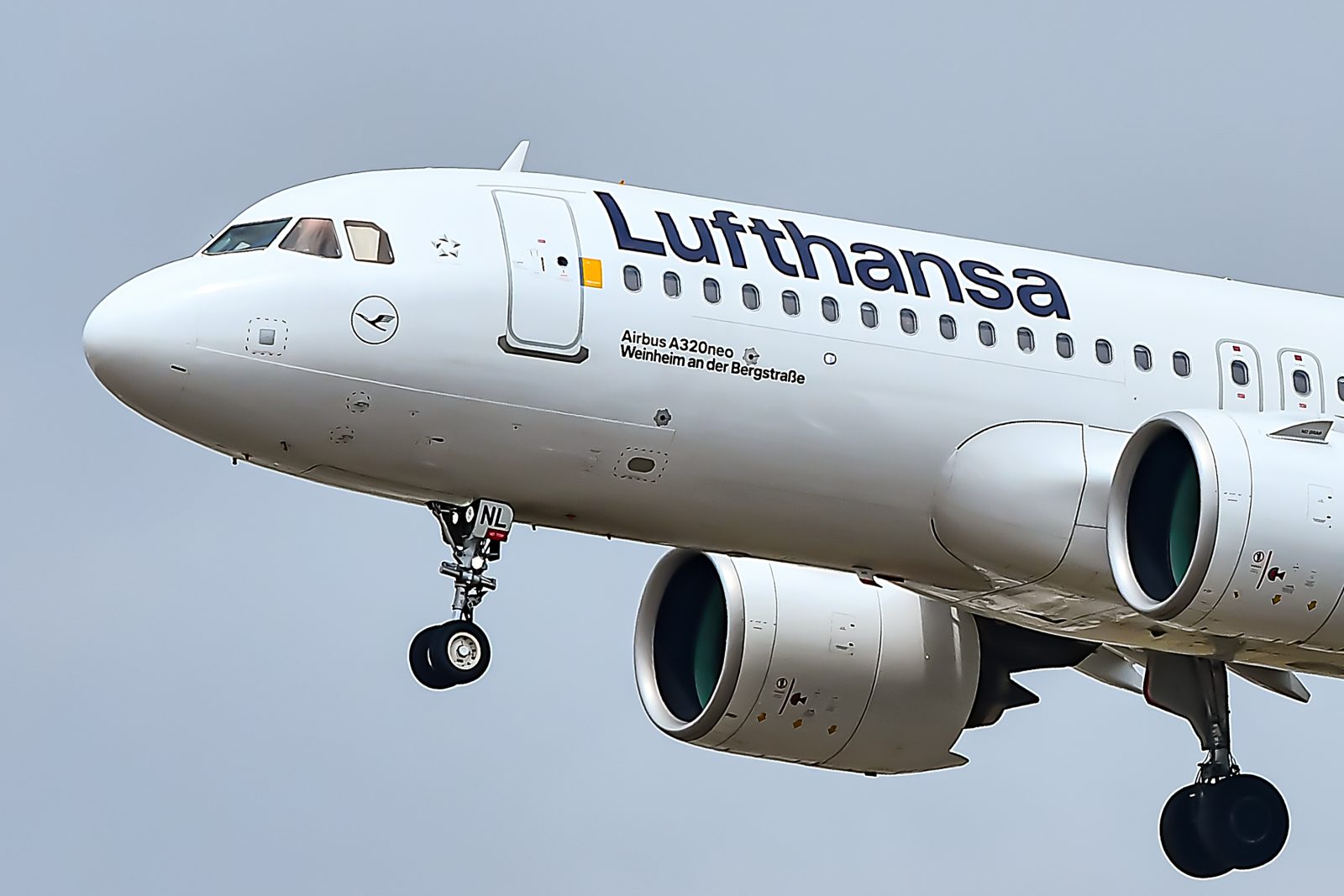
Customer satisfaction scores at German flag carrier Lufthansa have plummeted by 22 points as the airline continues to focus on cost-cutting, according to a new report by the financial newspaper Handelsblatt.
Lufthansa measures customer satisfaction through a measure called the Net Promoter Score (NPS), which is widely used in the airline industry, as well as many other consumer sectors.
The airline’s most recently reported NPS score was just 35, which is down from 57 during the pandemic.
If you’ve ever received a survey asking you how likely you are to recommend a company on a scale of 1 to 10, then you have taken part in an NPS survey. The highest possible score is +100, while the lowest possible score is -100.
According to some studies, the average NPS score for the airline industry range from +35 to +45. Before its recent woes, Southwest Airlines is once believed to have touted an impressive NPS of +71.
An NPS survey divides consumers into ‘Promoters’, ‘Detractors’ and ‘Passives’. Consumers who are highly likely to recommend a company and score a 9 or 10 are considered a ‘Promoter’, while someone who did not have a good experience and scored between 0 to 6 is a ‘Detractor’.
The NPS score is calculated by working out the total percentage of Promoters and then subtracting the percentage of Detractors. Consumers who scored 7 or 8 are considered ‘Passives’ and are ignored for the purpose of working out NPS.
An increasing number of airlines have put NPS at the heart of measuring customer satisfaction, and it’s interesting to see how different factors can have a big impact on an NPS score.
In 2019, Iberia reported that NPS scores on a single route between Madrid and New York JFK suddenly spiked by 10 points – the reason was that the airline was using a brand new Airbus A350 on the route, which featured improved seats and inflight entertainment.
In the same year, TAP Air Portugal reported that NPS scores went from a terrible -40 in 2016 to +56 after the airline started fitting out aircraft with WiFi and free steaming entertainment.
Lufthansa’s current NPS scores aren’t terrible by industry standards, but the decline is noticeable, and it comes after a concerted cost-cutting campaign by the airline.
Improvements are on the way, most notably a brand new experience in all classes on long-haul aircraft, but this could take years to rollout and any effect on NPS scores won’t be seen for some time.
There is, of course, another factor at play, and that’s the pandemic. During the Covid crisis, airlines reported some of the best NPS scores ever. It seems that people were just happy to be able to travel, whereas now, customers are more discerning than ever.
Related
Mateusz Maszczynski honed his skills as an international flight attendant at the most prominent airline in the Middle East and has been flying ever since... most recently for a well known European airline. Matt is passionate about the aviation industry and has become an expert in passenger experience and human-centric stories. Always keeping an ear close to the ground, Matt's industry insights, analysis and news coverage is frequently relied upon by some of the biggest names in journalism.








Good reporting as usual on this blog.
They had better act, not just measure.
The premium cabin catering both short and ]long haul is no place to cut, and is an area for improvement.
Their prices went up, while service went down. That’s not the way to go.
I remember flying with LH before, you’d get a snack, a drink and a coffee on a short-haul flight. Now you get literally a square of chocolate and tiny water bottle.
To be competitive internationally, Lufthansa first must get pas their deserved reputation for lack of customer service. So many other options out there who don’t treat you like a burden, instead of a revenue stream.
I wonder where you found the reported NPS from TAP Air Portugal.
To be honest, it doesn’t seem correct.